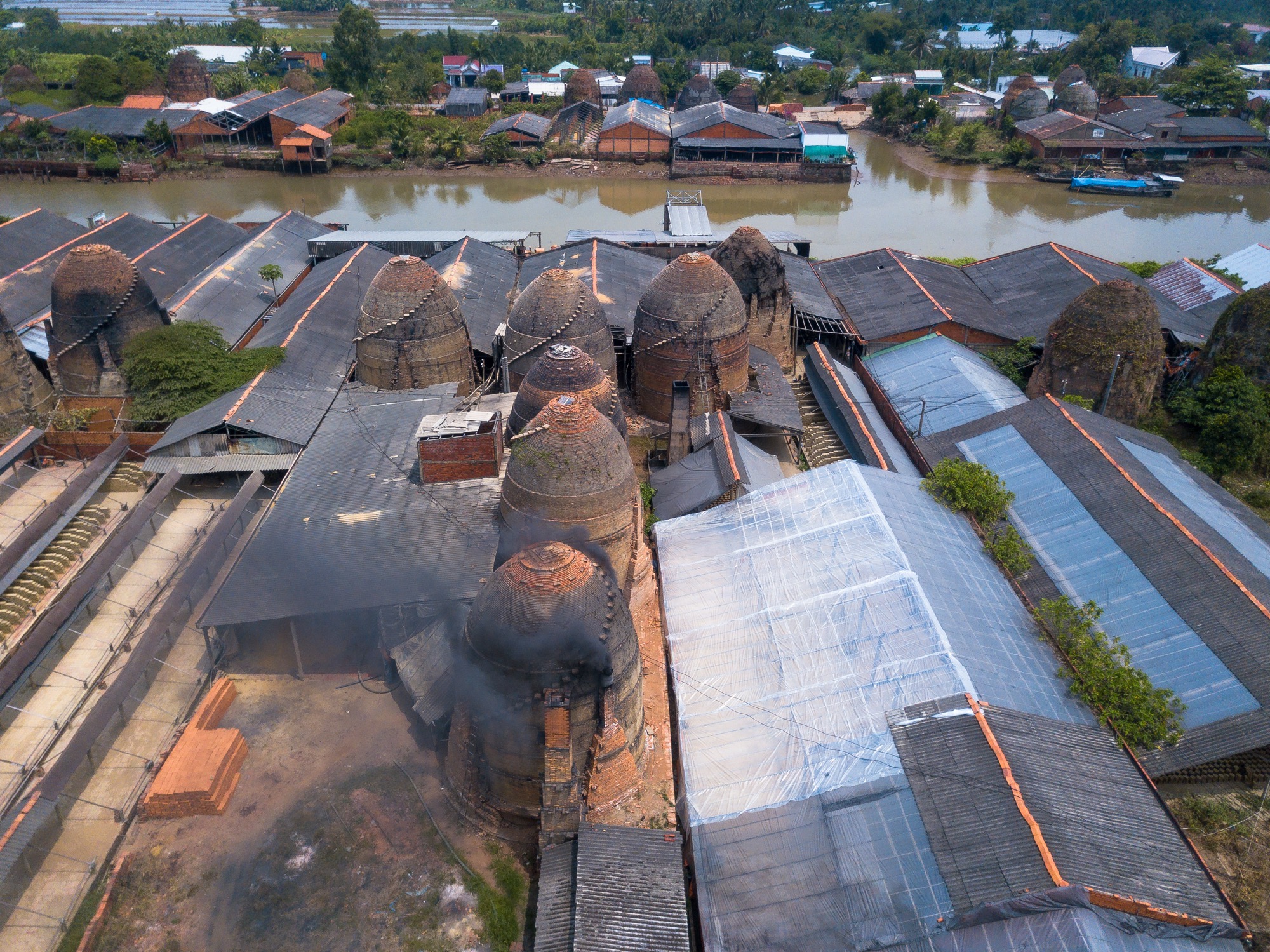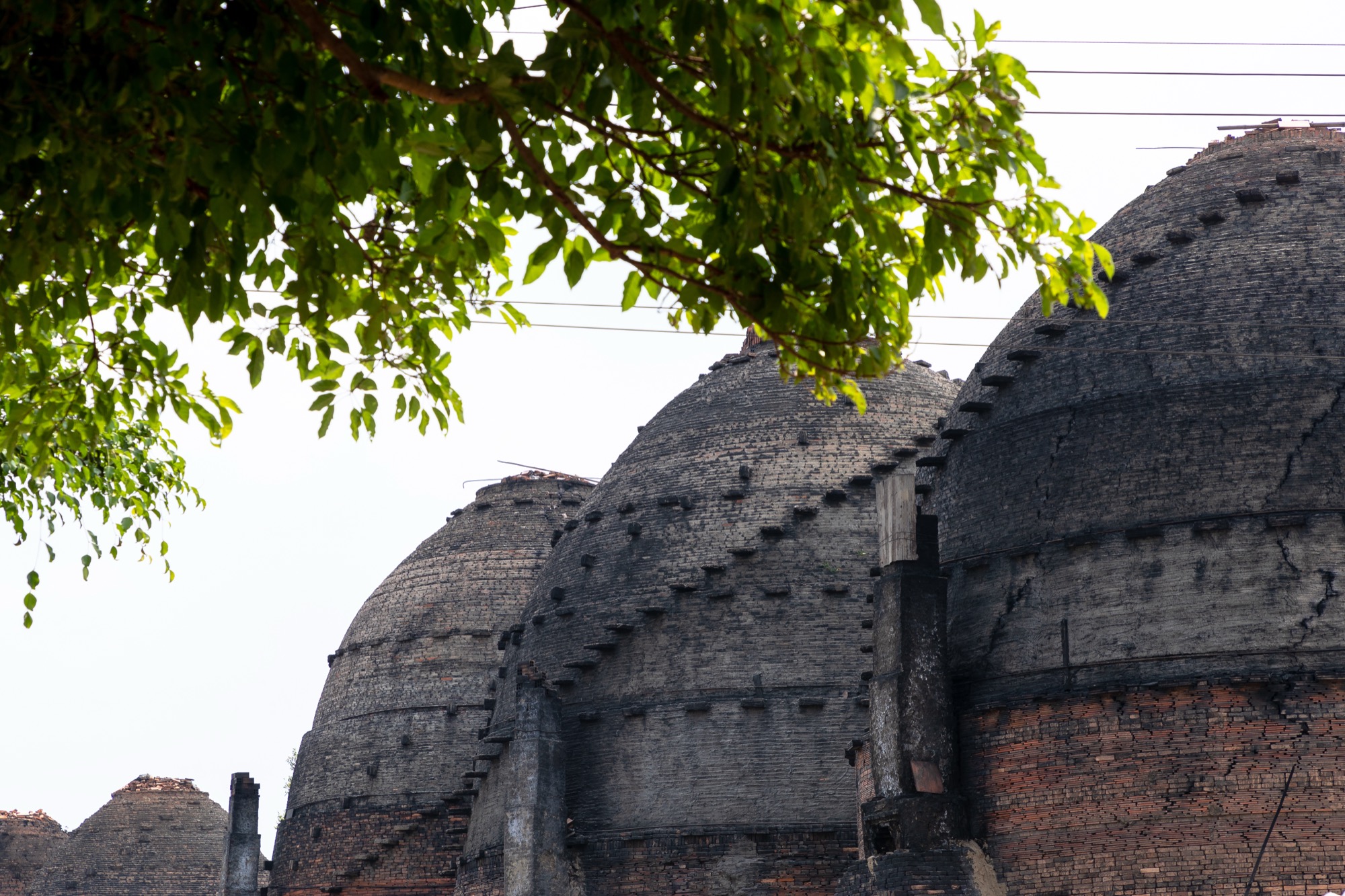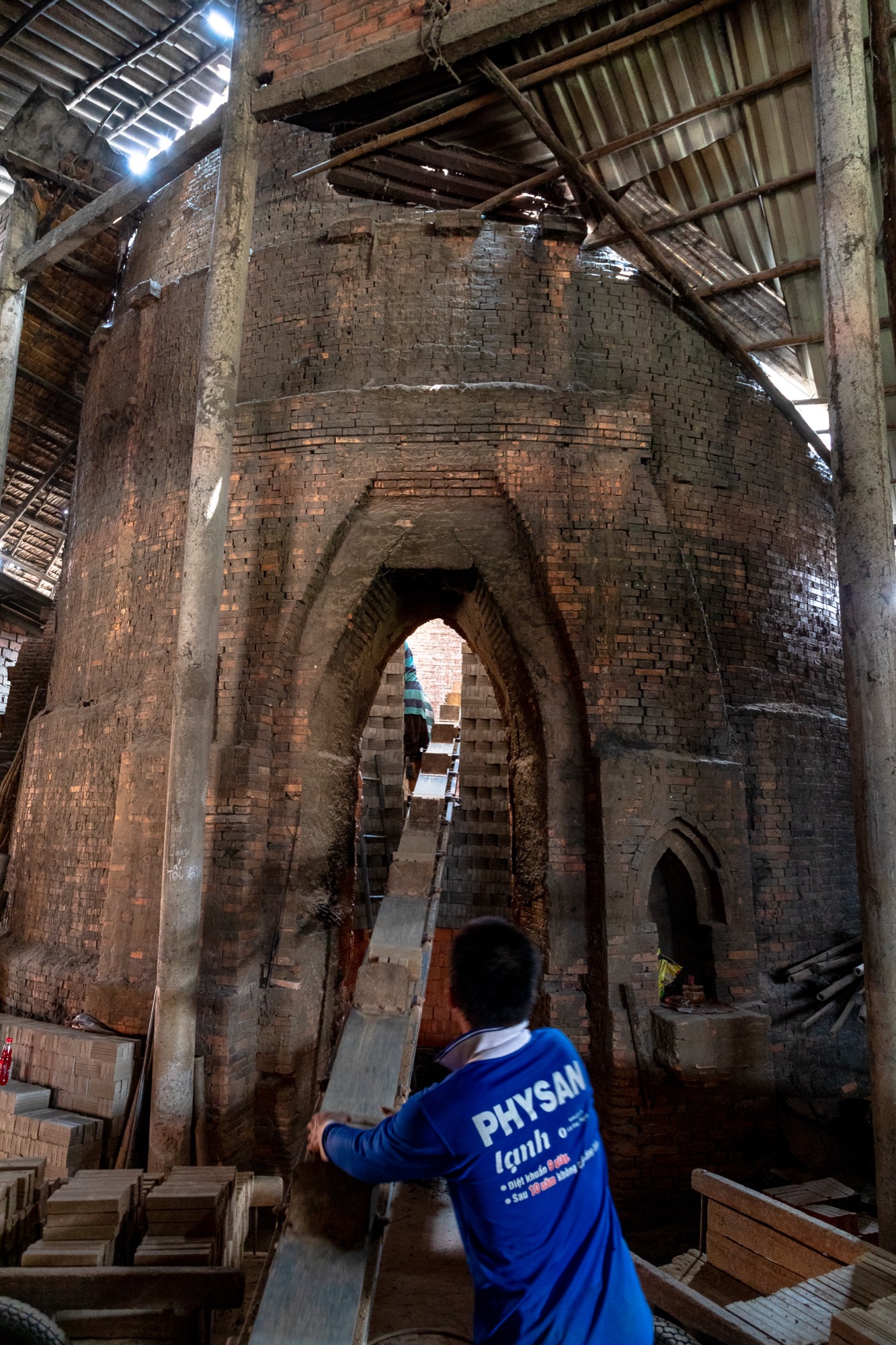
text ANH NGUYÊN
photo TRIỆU CHIẾN
Vĩnh Long province is sandwiched between two marvelous rivers of the Southern Vietnam region, Tiền and Hậu rivers, nourished by precious silt alongside with river sand and bountiful of clay, from which grow the craft of brick-making and pottery shaping means of living for locals by river banks. Besides, thanks to the density of channels and canals, maritime transport is benefited, baked bricks from brickyards are promptly delivered to every corner in the South of Vietnam. From the beginning of XIX century, brick from Vĩnh Long province has been very famous, especially ones from Mang Thit village.
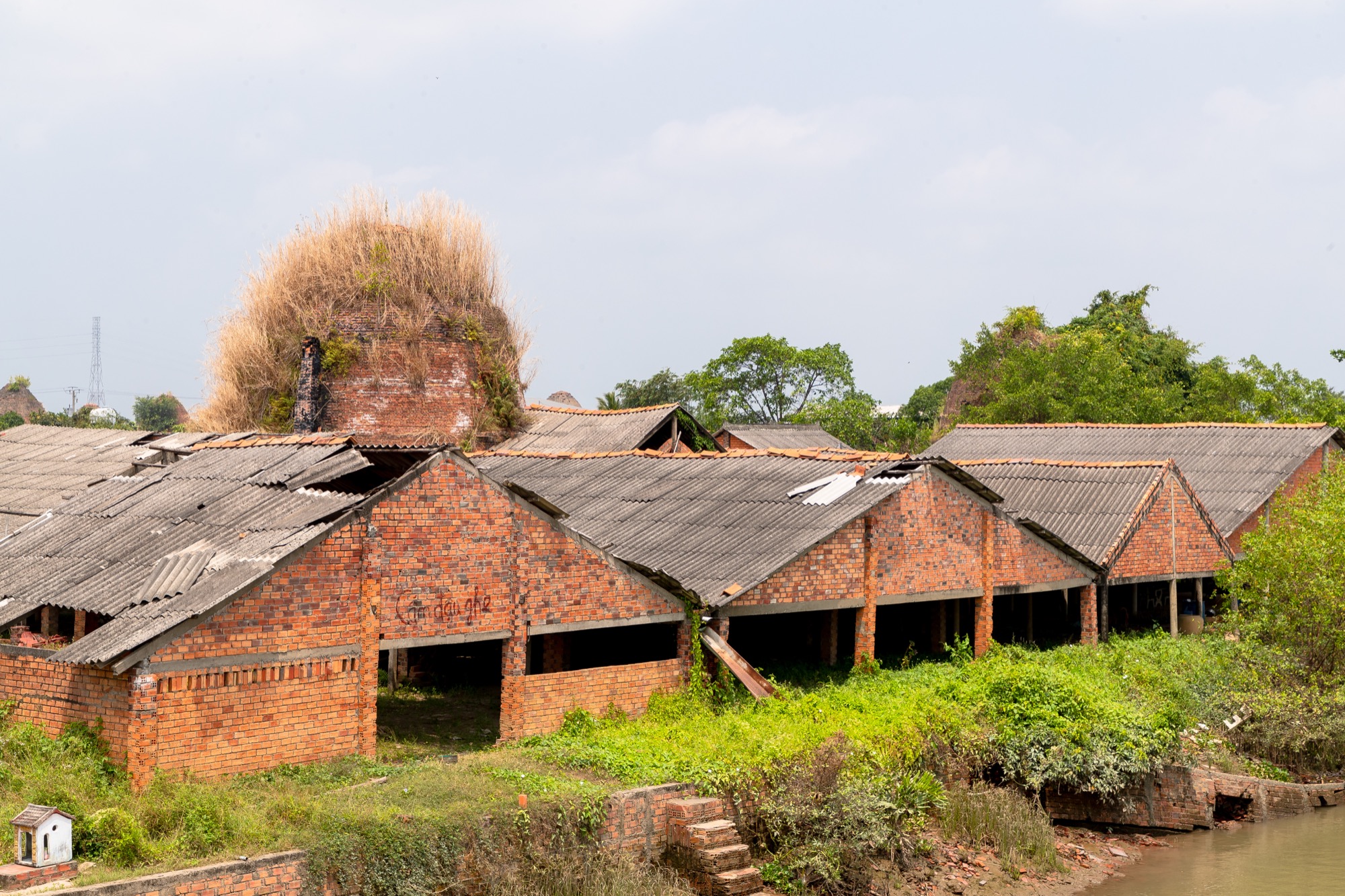
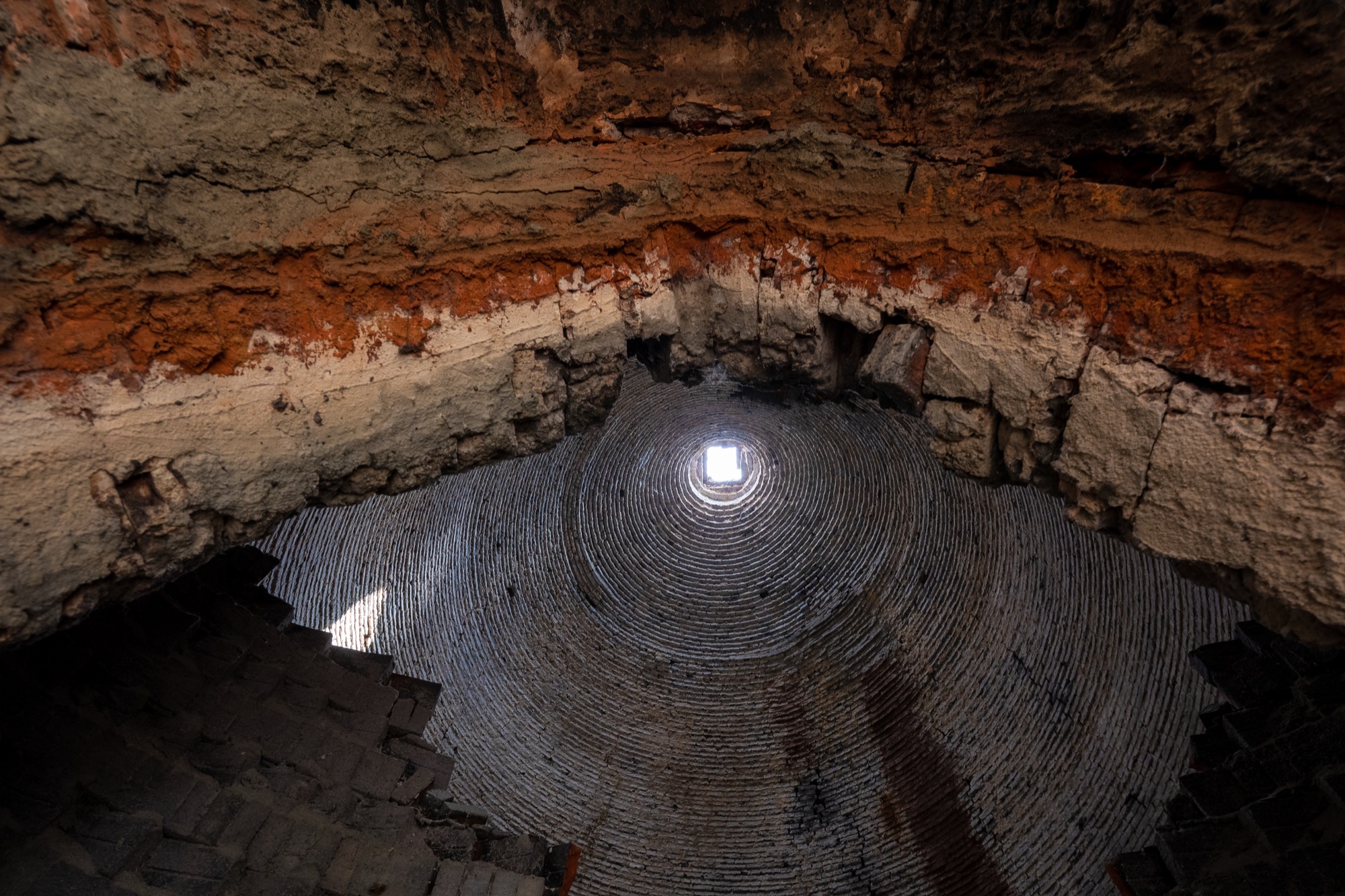
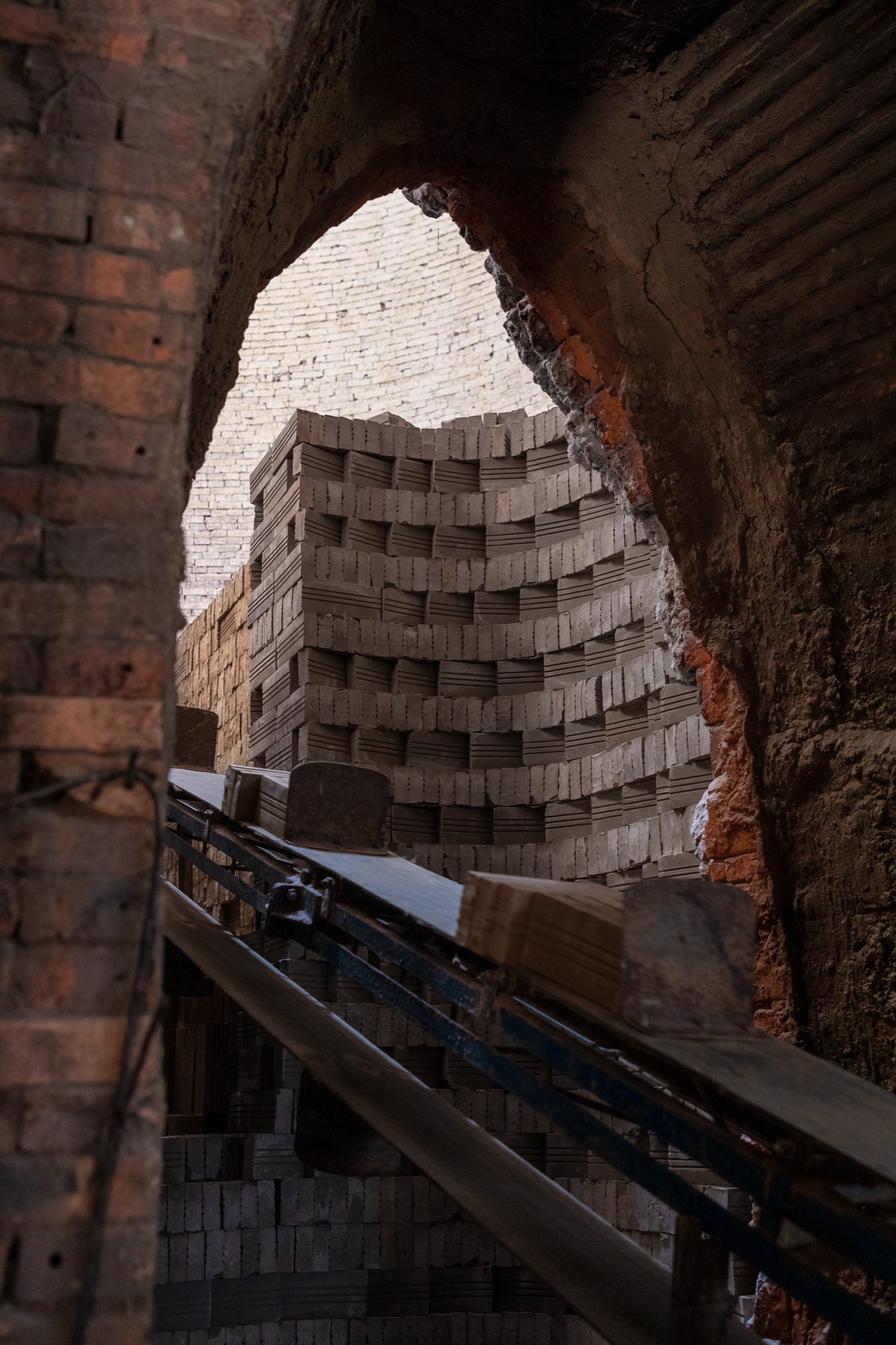
The land of Mang Thít is located by Cổ Chiên river where once was the land of countless brickyards with their distinctive domes. Clay brick from Mang Thít has appealing model, fine quality because of its clay resource and the local techniques of three ethnic groups: Kinh, Hoa and Khmer. Production facilities, which are situated along both side of Thầy Cai canal, were once a busy area with boats and ships carrying chaff and brick for wholesale elsewhere.
In the past, each brickyard earned a monthly income of several taels of gold for each batch. However, after 2000s, traditional production methods afforded no more the actual advancing needs and environmental standards, the cost of rice chaff increased sharply together with competitive markets of modern brickyard and unbaked brick industry have caused many traditional factories to gradually shut down or shift to a new major of producing decorative pottery. Countless household brought down their old kilns causing a remnant-like sight of the used-to-be-lively Mang Thít. Long-standing brick kilns are awaiting for the state policy to be ‘revived’; in view of the fact that if dismantled and priced as salvaged materials, it would cost some few tens of millions VND, whilst to build one properly it could take up to 300 – 500 millions VND, depending on diameter.
Today, the Mang Thít contemporary heritage project has been approved by local government to support families to gather funds for renovation and refurbishment of old brickyards, this move directs to tourism services. Nevertheless, the reality remains very difficult.
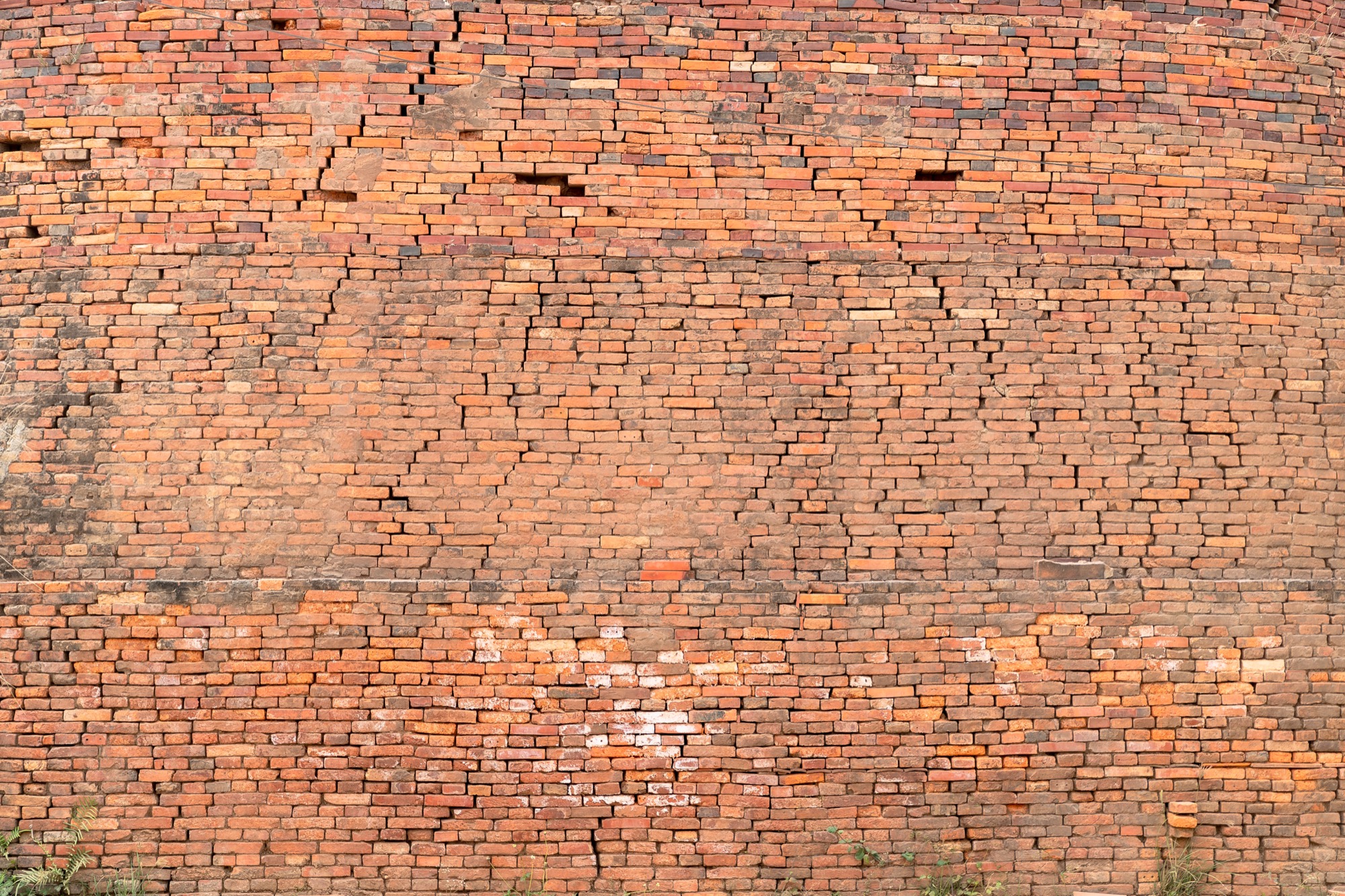
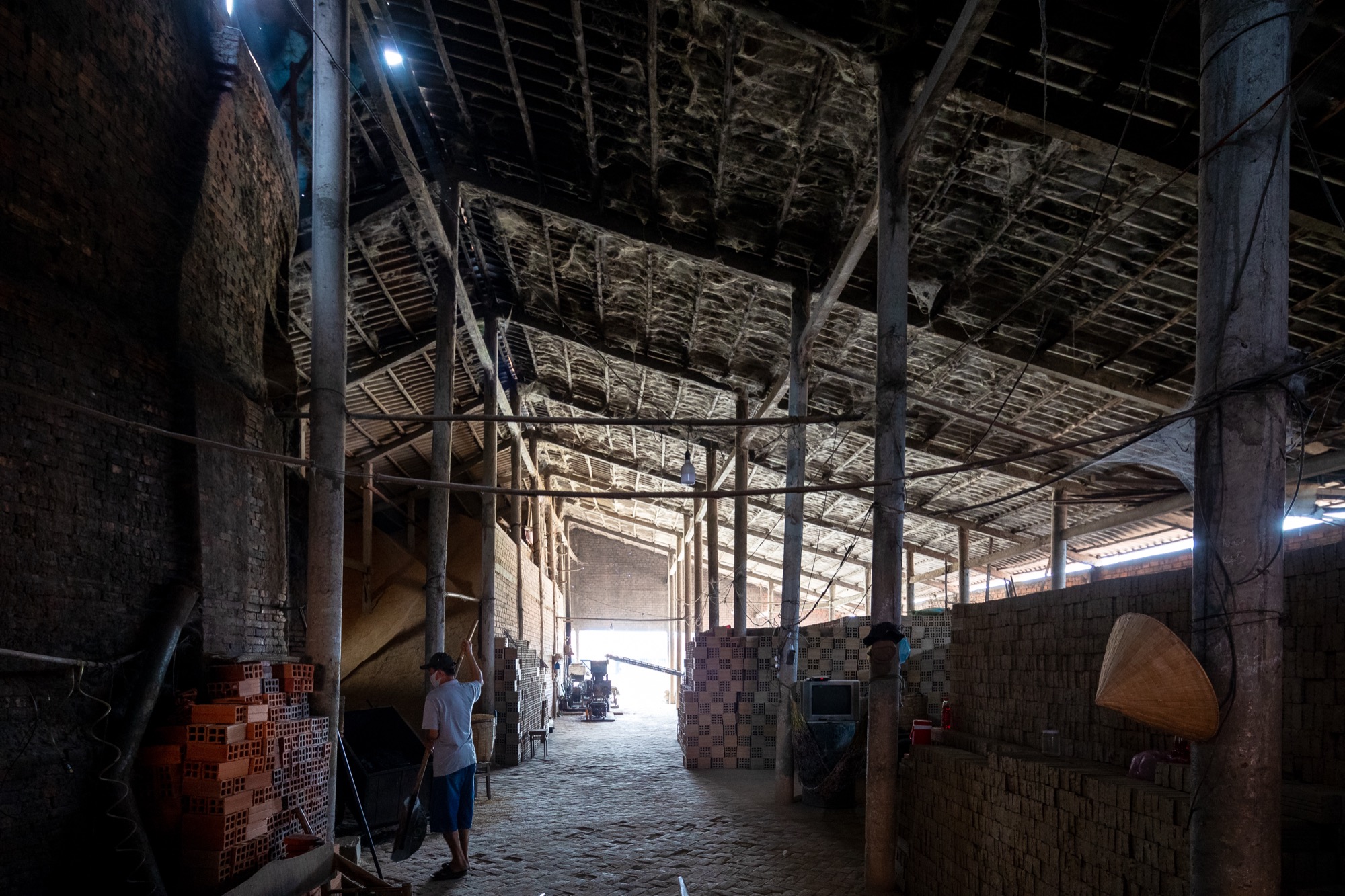
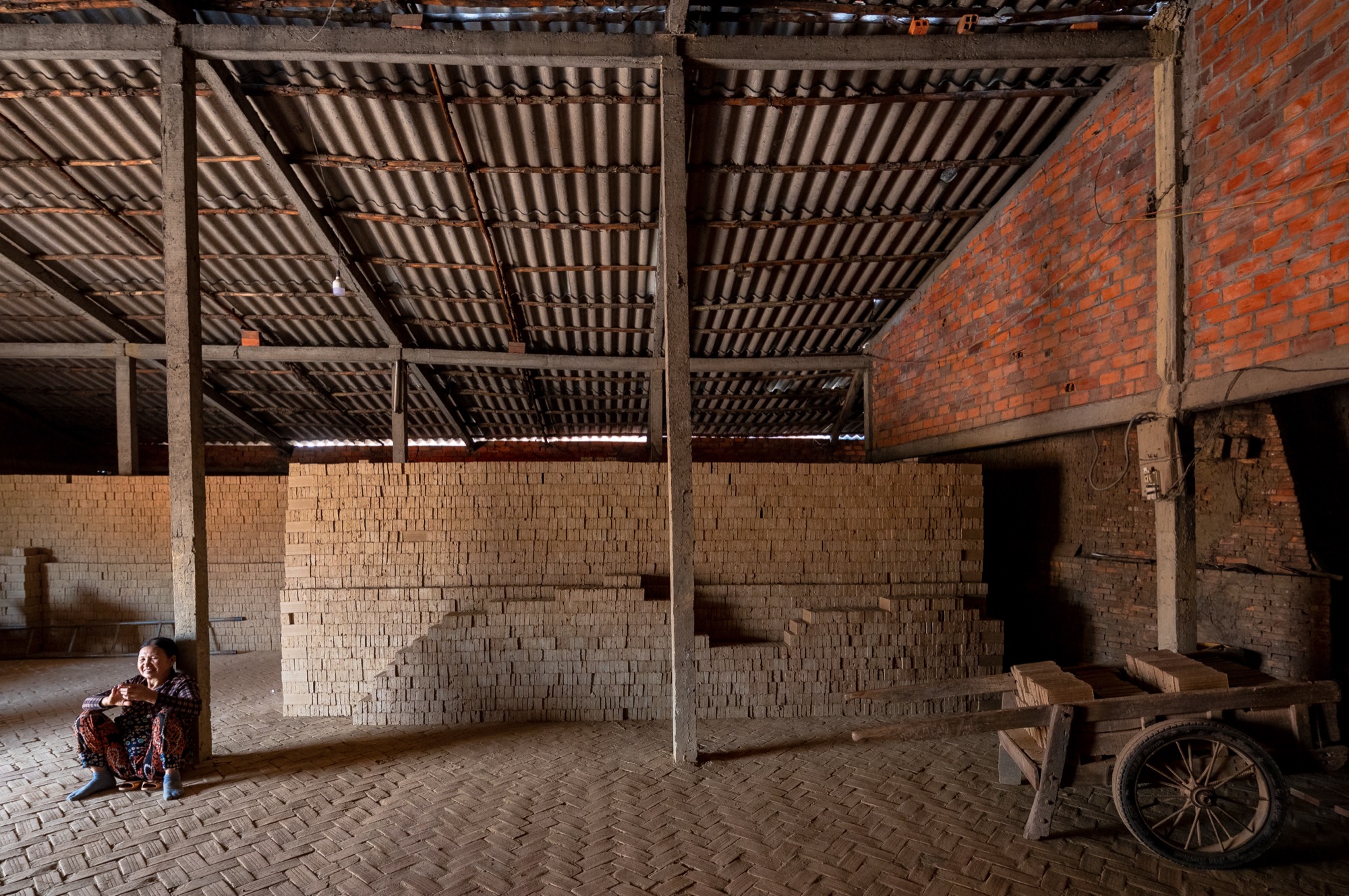
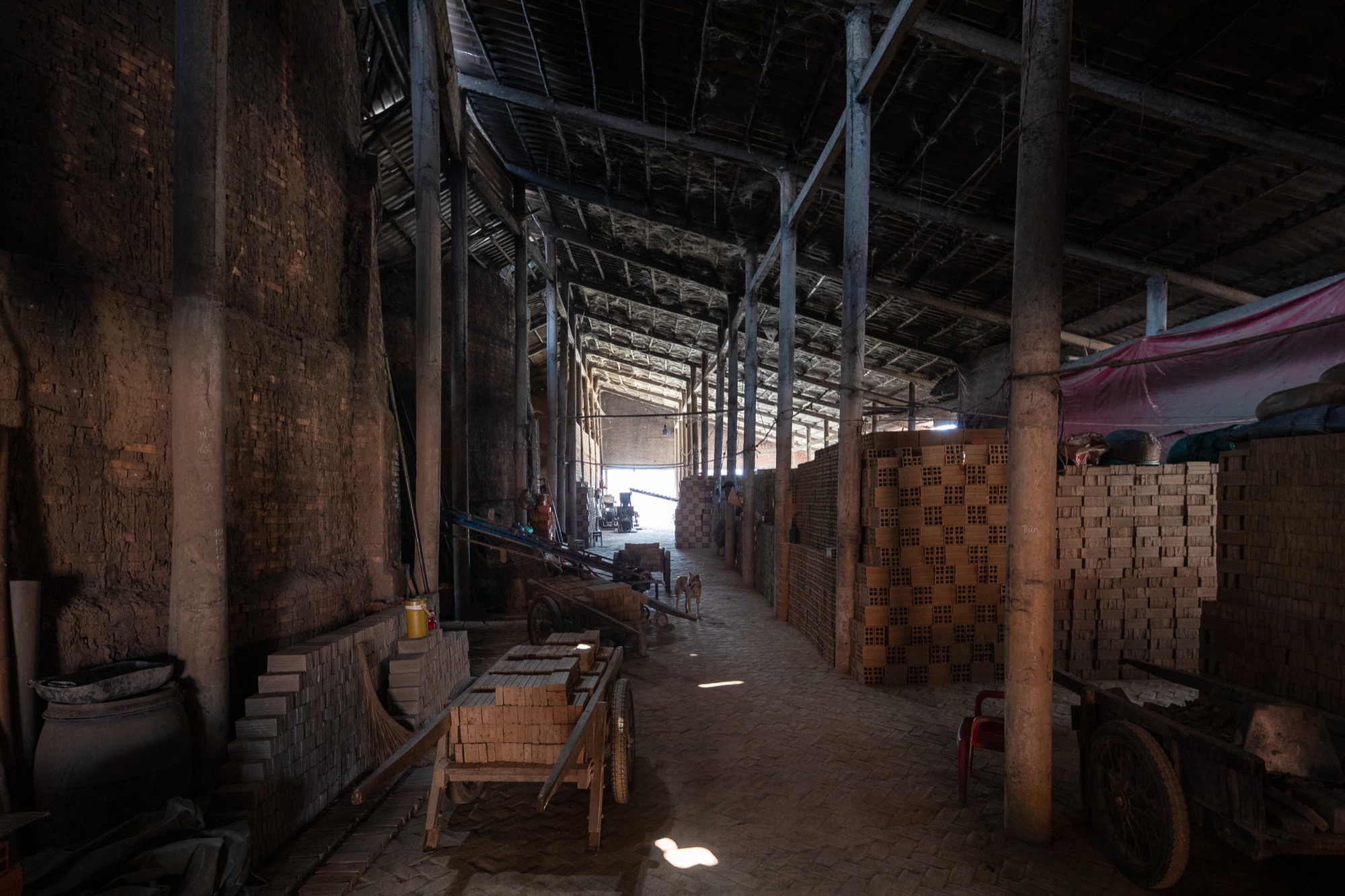
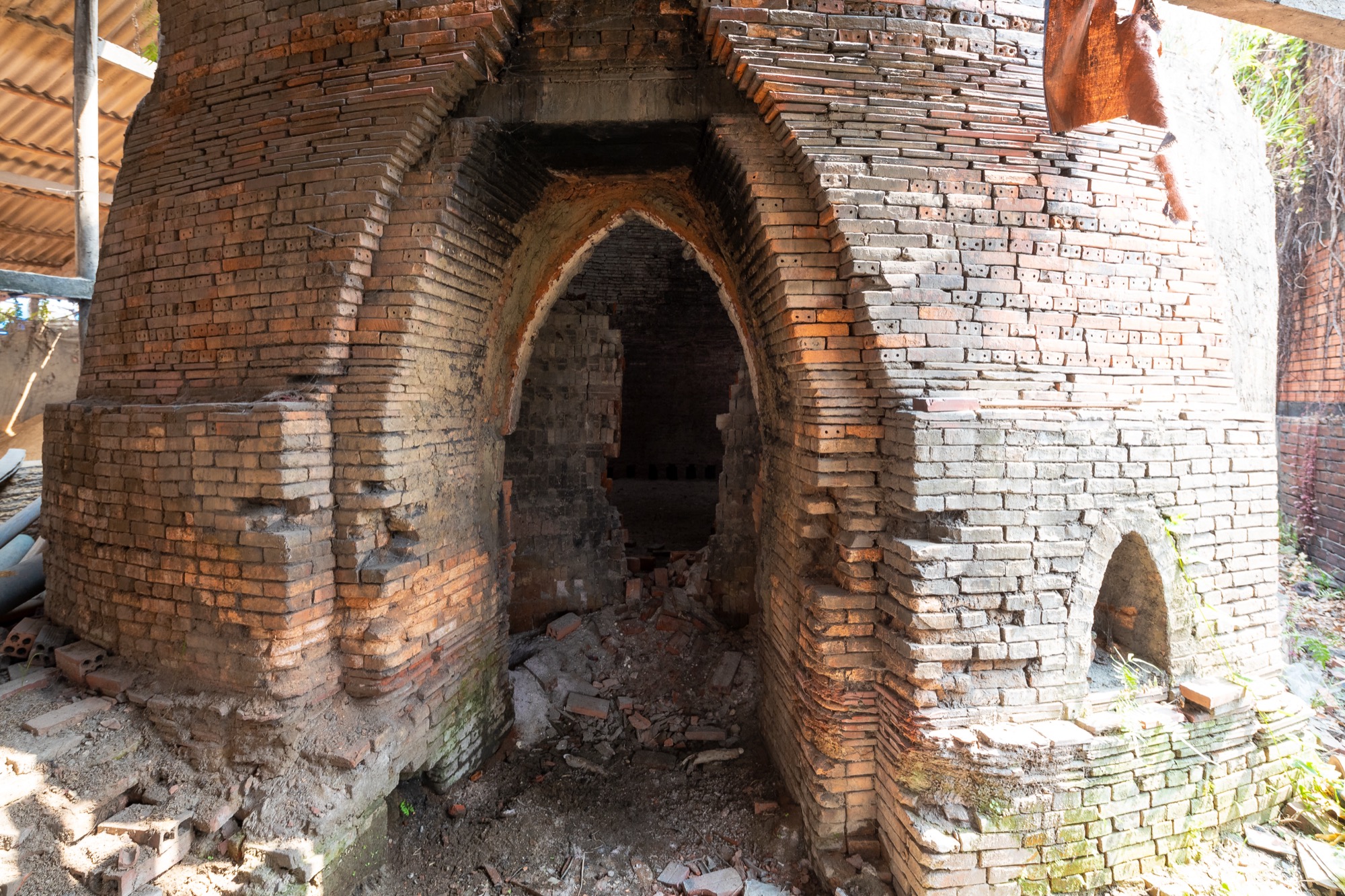
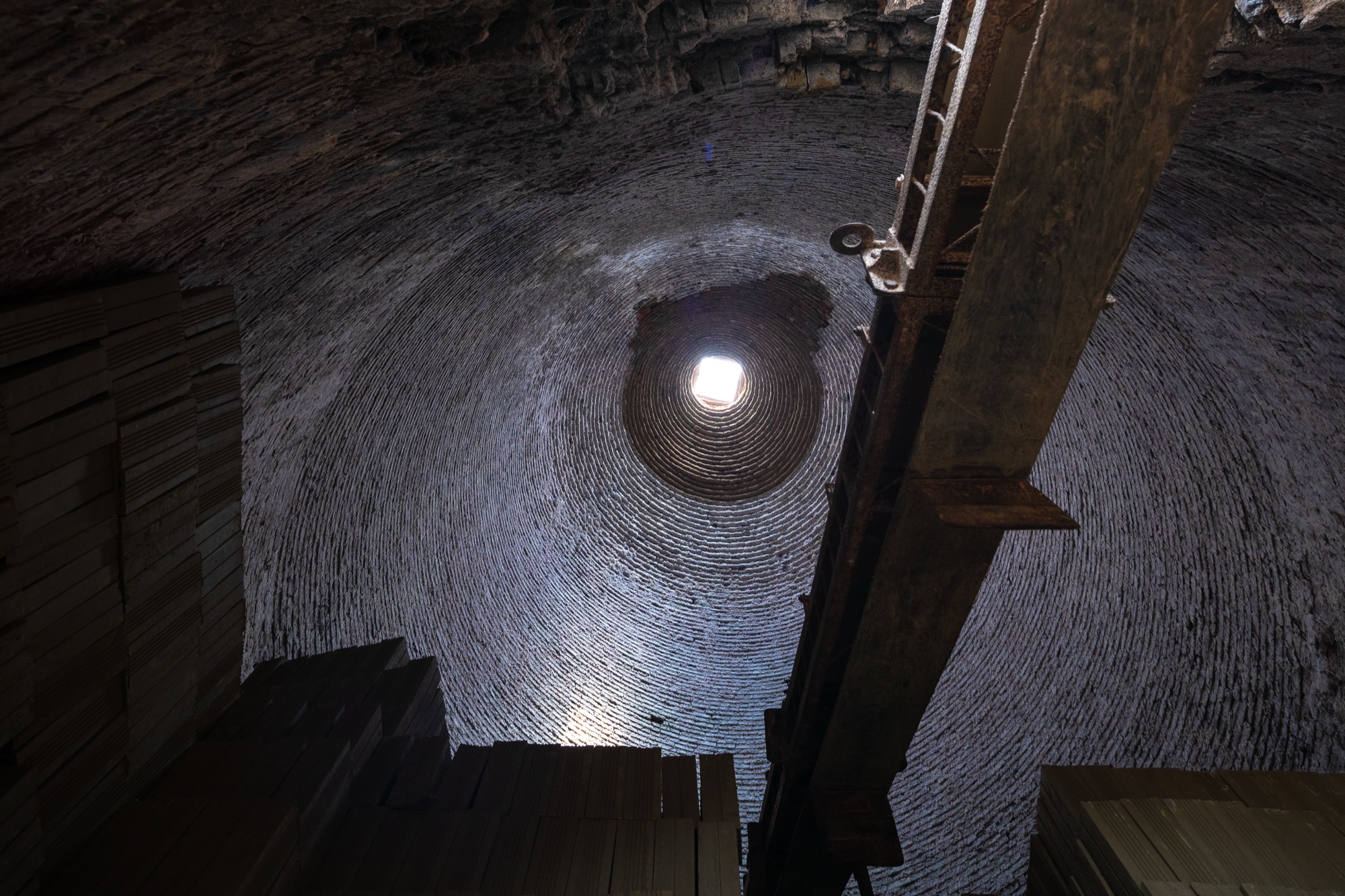
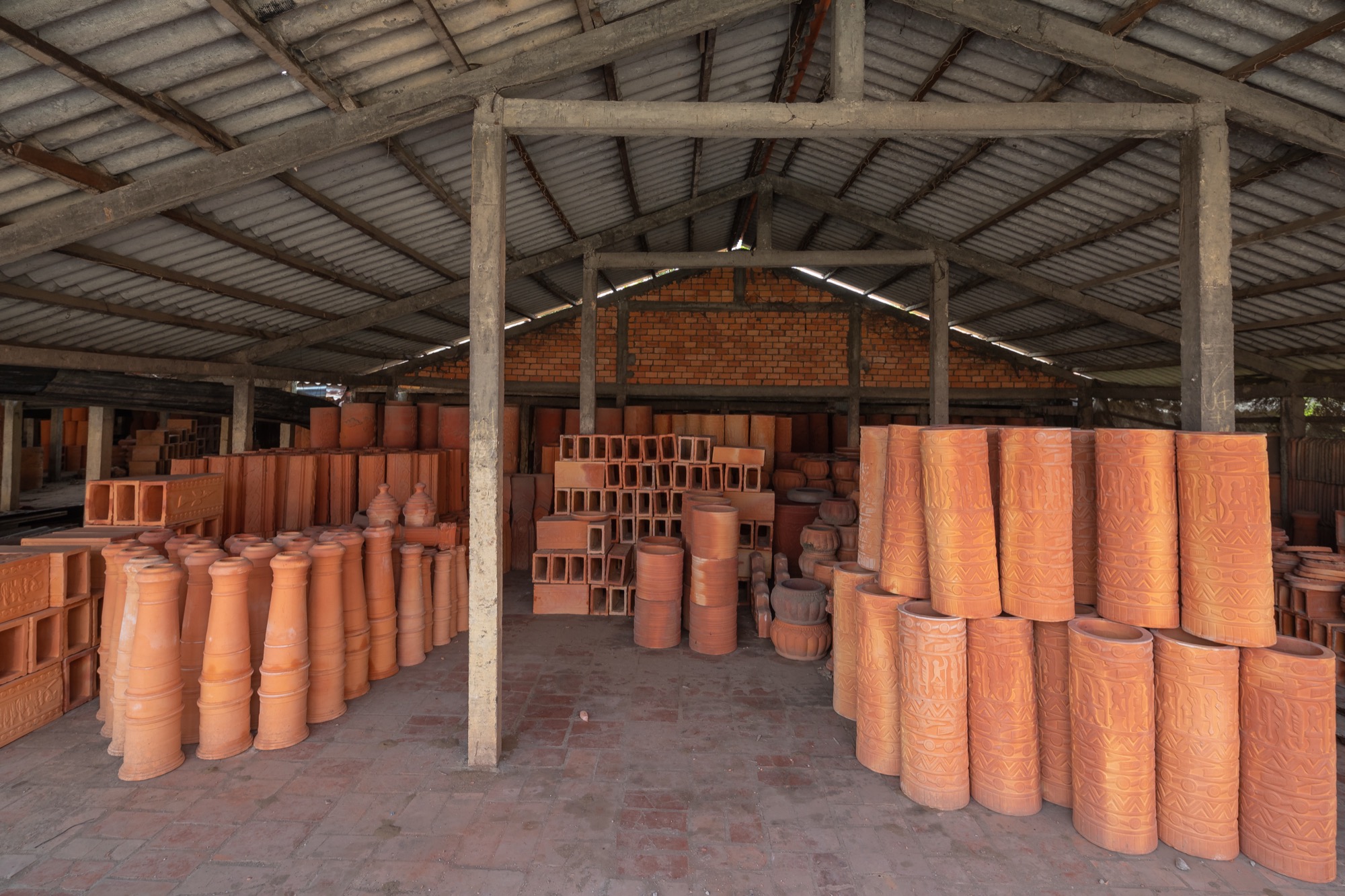
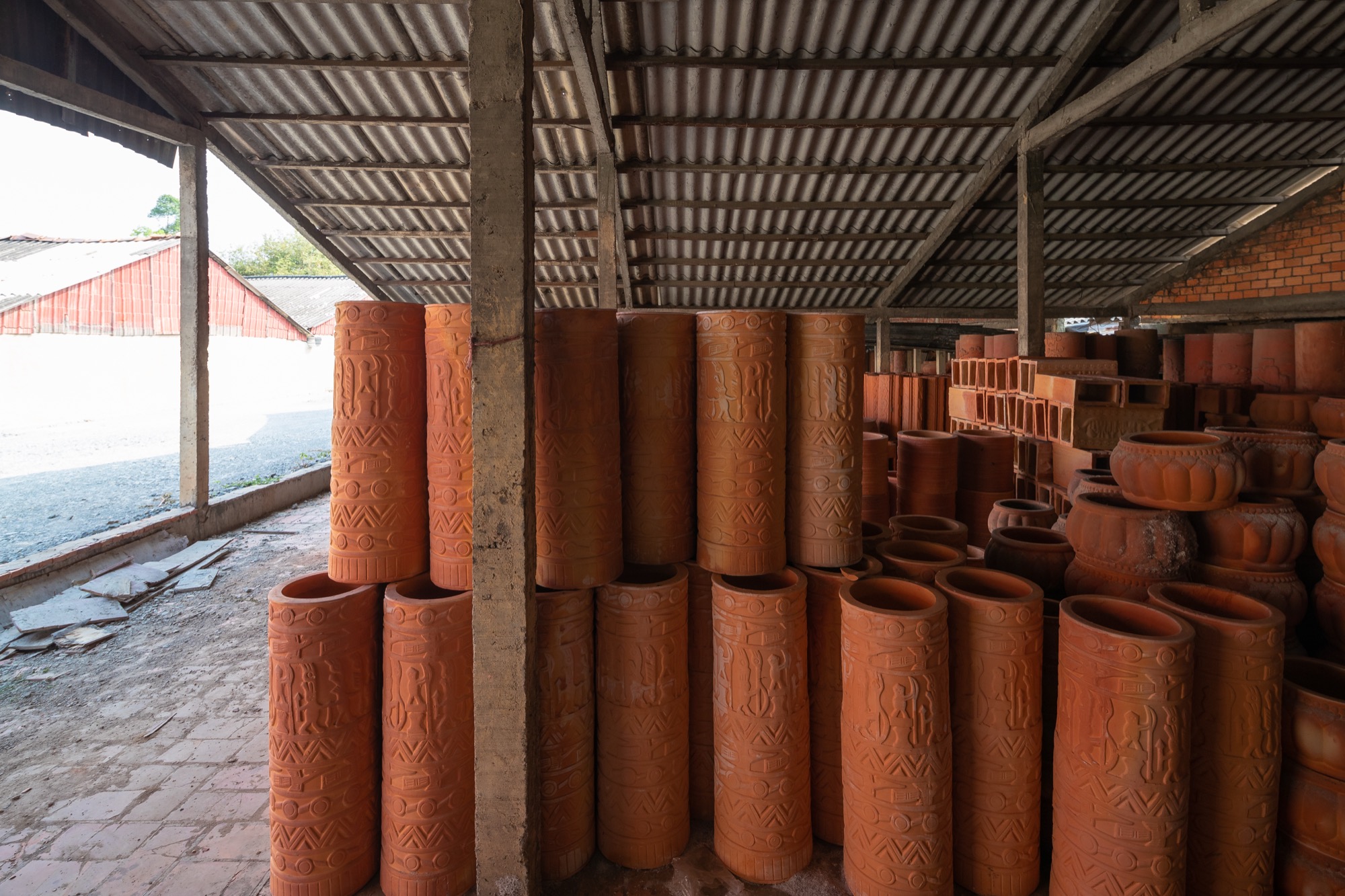
The land of Mang Thít rooted in its region. The location itself, the space and the riverbed have strong cultural and subconscious connections. The old brick kilns that exist still today are indeed fortunate after more than a century of baking. I truly hope that heritage conservationists and locals make an effort to preserve these priceless constructions for at least 50 more years so that next generations might inherit and do some
Architect Nguyễn Hải Long / Tropical Space Architecture
